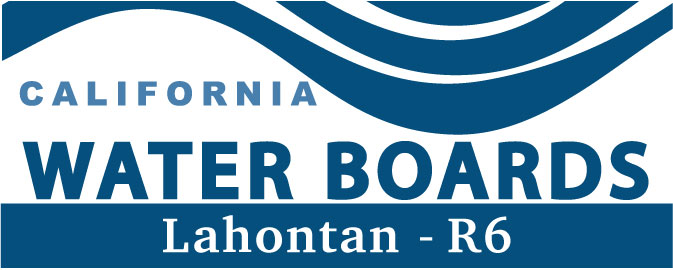
Federal Clean Water Act Section 319 Grant Program
Overview
The Nonpoint source(NPS) Grant Program supports projects to reduce and mitigate the effects of nonpoint source pollutants such as sediment, pesticides, and nutrients to waters of the state. The funding for this grant program is a grant to the State Water Resources Control Board from the United States Environmental Protection Agency under the Clean Water Act section 319(h).
Each year, the NPS Grant Program seeks proposals for projects that reduce runoff of NPS pollution to waters of the state. In the past proposals such as agricultural projects that reduce pesticide and nutrient runoff, improvement or decommission of dirt roads to reduce erosion and sediment runoff, streambank stabilization to reduce erosion, marina programs to reduce toxic discharges from anti-fouling paints on boats, and infrastructure improvements for ranching and livestock operations to reduce erosion and runoff of nutrients and pathogens have received Clean Water Act 319(h) NPS Grant funding.
The most up-to-date NPS Grant Program Guidelines (Guidelines), which are posted on the NPS Grant Program website, describe program preferences, eligibility requirements, application process and instructions, project selection criteria, and the grant award process.
Most of the NPS Grant Program funding prioritizes implementation projects to improve impaired waters, but some funding may be awarded for protection of high-quality waters, post-fire recovery projects, or planning proposals.
Eligible Applicants:
- Nonprofit 501(c)(3) organization
- Federally Recognized Tribe
- Federal, state, local, or other public agency or public college
Eligible costs may include:
- Costs for engineering design
- Legal fees
- Preparation of environmental documentation
- Environmental mitigation
- Pre- and post-project monitoring
- Project implementation
- Indirect costs
Lahontan Regional Preferred Project Types
Proposals that address grant program preferences, focus areas and waterbodies identified by the Lahontan Regional Water Quality Control Boards (Water Board), will be prioritized for funding. The Water Board program preferences favor projects aimed at reducing nutrients, sediment, and bacteria pollutants within the following waterbodies: Blackwood Creek, Indian Creek Reservoir, Squaw Creek, Lake Tahoe, Middle Truckee River Watershed, Upper Truckee River, and Bishop Creek. Examples of project types are:
- Implementation Projects
Impaired Waters: Watershed restoration projects such as instream habitat and riparian restoration, stream bank stabilization, and floodplain connectivity projects to reduce sediment and nutrient sources.
High-quality Waters: Management measures to enhance habitat in high-quality waters and tributaries to protect beneficial uses and prevent degradation to aquatic habitat for cold and warm water fish species.
Post-Fire Recovery: Address recovery needs in areas affected by fire where the fire has occurred since 2019 and the area has been covered by an emergency proclamation by the California Governor. - Planning Projects: Development of a US EPA 9-element Watershed plan or alternative-TMDL plan that focuses on any of the waterbody-pollutant combinations listed in the Regional Water Board Program preferences, or for planning restoration and/or assessment of fire-impacted landscapes.
For more information please see the California State Water Board NPS Grant Program webpage or or contact Lahontan Regional NPS Grant.
Email Subscription List
To receive updates on Funding Opportunities, subscribe to the Funding Opportunities email list.
Contact Us
- Staff Contact
Mo Loden, Environmental Scientist
Nonpoint Source Unit
NPS Grant Manager
mo.loden@waterboards.ca.gov



